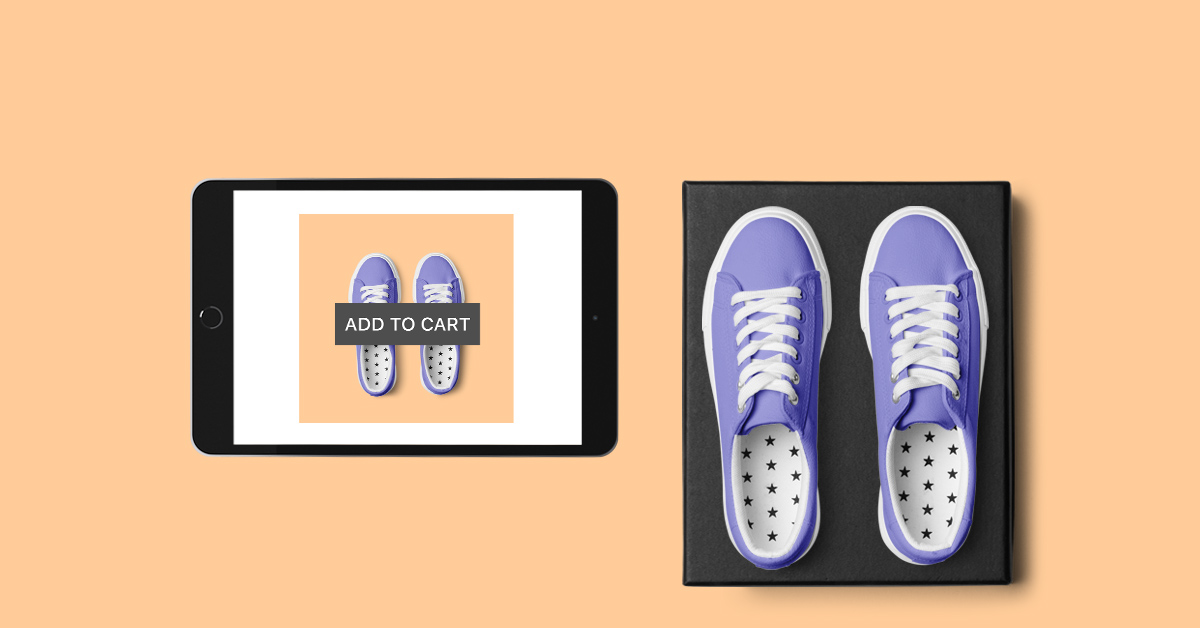THE EXPANSION of omnichannel retailing presents our industry with a chicken-and-egg problem: Does consumer behavior drive changes in retail tech innovation or does retail tech drive changes in consumer behavior?
This is much more than a philosophical musing. It’s a question that matters greatly to retailers. Retailing becomes more intricate over time at a pace that exceeds growth in consumption.
This means the next incremental dollar you add to your top line will be a little bit harder to obtain than the last one. Omnichannel requires retailers to maintain, optimize and adjust to keep pace with shopper expectations and behaviors. Those expectations change fast. They are elevated by shopper experiences and shaped by forces outside the retailer’s control.
I call this the Law of Equivalent Experience: The best service standard experienced anywhere is instantly expected everywhere.
In practice, this could mean that free, within-hours delivery from Amazon Prime becomes the yardstick against which all delivery expectations are measured. Or it may mean that unrestricted return policies are a competitive necessity for many retailers, even though they are uneconomical.
[This excerpt is from a commissioned article prepared for LightspeedHQ and is published here by permission. Read the full text on their blog.]
Equivalent experience also applies to the personalized curation of products on a retail store’s mobile app. It applies to personalized discount offers generated based on a shopper’s behavioral history or loyalty data.
New Expectations
The reality is that the experiences pioneered by these retailers are setting new expectations for all consumer shopping experiences – from discovery to purchase to post-purchase service.
These new consumer standards may not seem fair and reasonable for every product category or retailer, but the omnichannel world is a tough place. Shoppers want what they want, how and when they want it, and if one retailer can’t provide it, numerous alternatives are a click away.
These are just some of the hard facts of the omnichannel retail era: Consumer behavior gets more complex and variable over time. Their service expectations keep rising based on experiences you may not even know about. Upstart digital-first retailers and online powerhouses keep changing the game and inventing entirely new shopping concepts – like shaving product subscriptions and mattresses-in-a-box – that can disrupt entire sectors.
Shoppers’ momentary behaviors vary constantly by mission, mode, category, demographic and mood. Established retailers keep innovating and adding digitally-enabled options and services to remain competitive and viable. As complexity grows, they are tasked with maintaining a consistent identity and seamless service experience across all touchpoints.
Does consumer behavior drive changes in retail tech innovation or does innovation drive changes in consumer behavior? Omnichannel complexity flows in both directions, or so it seems. Retailers who use accessible, robust technology to their advantage, actively listen, and match their consumer expectations are well-positioned to make winning decisions and thrive.


1 thought on “Retail Tech Innovation or Consumer Change: Which Came First?”
Comments are closed.